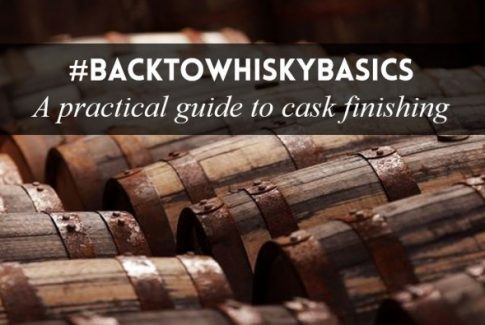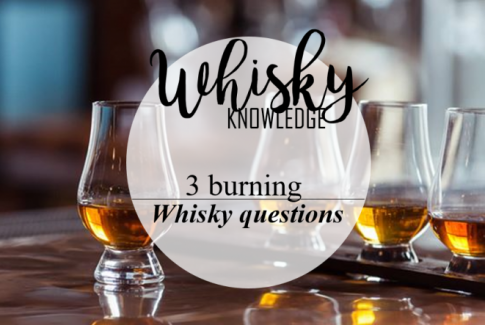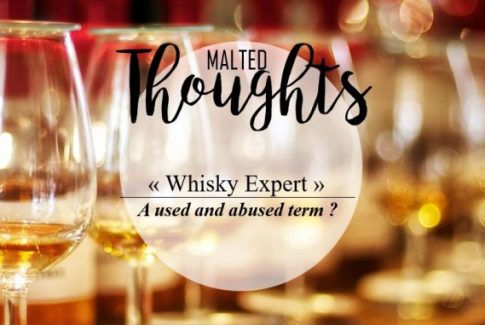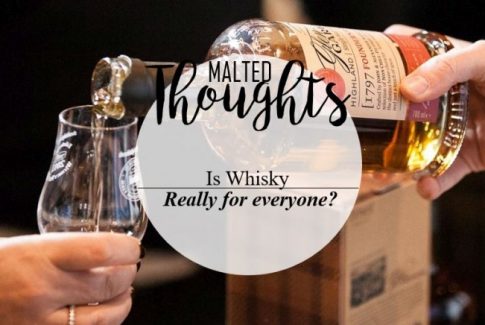
#BackToWhiskyBasics lesson N°7 : If you’ve already attended a whisky tasting or malted event of any kind, there are good chances you’ve come accross this snob prick claiming to the world that “single malts are better than blends“? Yes, when starting your whisky discovery journey, you may have looked up at that guy thinking he was in the know… Guess what? My cat may be more of a whisky connoisseur than him (I mean no, seriously…. haven’t you seen her helping me unbox my malted deliveries on Instastories? #ImplicitMessageToConvinceYouToJoinMeOnInstagram)

Let’s stop disgressing and get into the subject: as you probably know, there are different sorts of whisky: single malt, blended whisky, single grain, blended malt… Which may seem a bit confusing if I tell you that most single malts are actually blends right? Because they don’t fall in the “blended whisky” (a mixture of grain and malt whiskies) category doesn’t indeed mean that your favourite single malts aren’t made up of several casks combined together to achieve a desired flavour profile.
“Single Malt” only means that you’re malt whisky comes from a single distillery, only if it bares the mention “single barrel” or “single cask” on the label, it is the product of a one and only cask from this one distillery. Other than that, a single malt can be a blend of 2 to 2558874 casks from the same distillery.
Why are distilleries blending different casks? For different reasons really: First, as we discussed regarding NAS whisky, blends are part of a flavour-led approach – if adding a wee bit of a 5-year-old whisky to a more rounded 20-year-old in order to bring a lively twist to the end product enhances it, why do without? Master Blenders (the magicians behind your favourite nectars) can also decide to marry different kinds of casks: 1st-fill sherry, bourbon, port, 2nd-fill or even third and fourth-fill, different charring levels and/or size of casks, hence playing with different aromas.
But blends are also popular for consistency purposes, volume and stock management – it’s the only way you can be sure your Balvenie 12 or Lagavulin 16 tastes the same wether you buy it in France, Hong Kong or Australia.
While some of you may prefer the singularity of a single cask, most consumers would appreciate knowing that if they like a product, they can buy it again 6 months later and it will be just as good! This is something that cannot be achieved while bottling a single cask whisky, as each cask, even baring the same age and stored next to each other in the same warehouse, may have a completely different profile… That’s the whisky magic!
And that’s also why master blenders have to adapt their recipe to the casks, it’s not always gonna be the same amount of cask N°1 + cask N°25578 and cask N°888. By their very nature, each individual cask is unique, making their task of creating a consistent product utterly difficult!

So next time you see our snob prick singing the praises of single malts over blends, you know what to do: run away.
CLICK HERE FOR OTHER EPISODES OF #BACKTOWHISKYBASICS 😀









